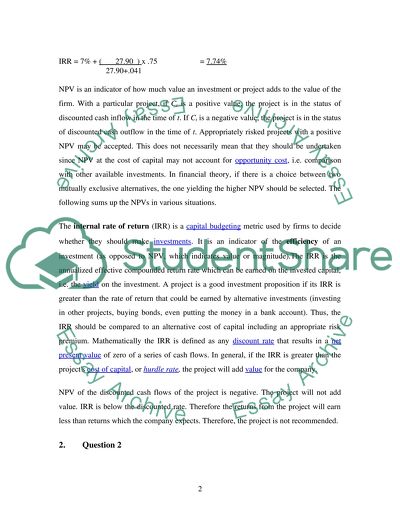Cite this document
(“Financial Management: Internal Rate of Return and Capital Structure Assignment”, n.d.)
Financial Management: Internal Rate of Return and Capital Structure Assignment. Retrieved from https://studentshare.org/finance-accounting/1524430-financial-management-bachelor-essay
Financial Management: Internal Rate of Return and Capital Structure Assignment. Retrieved from https://studentshare.org/finance-accounting/1524430-financial-management-bachelor-essay
(Financial Management: Internal Rate of Return and Capital Structure Assignment)
Financial Management: Internal Rate of Return and Capital Structure Assignment. https://studentshare.org/finance-accounting/1524430-financial-management-bachelor-essay.
Financial Management: Internal Rate of Return and Capital Structure Assignment. https://studentshare.org/finance-accounting/1524430-financial-management-bachelor-essay.
“Financial Management: Internal Rate of Return and Capital Structure Assignment”, n.d. https://studentshare.org/finance-accounting/1524430-financial-management-bachelor-essay.


